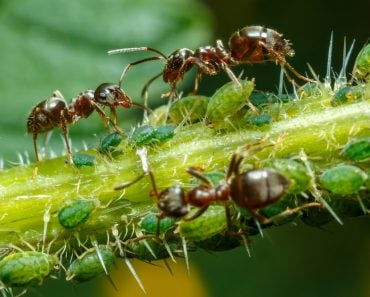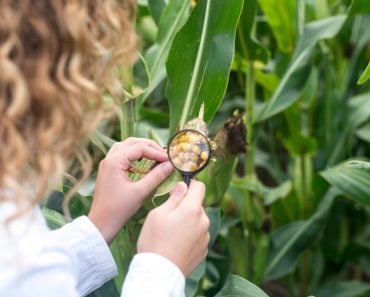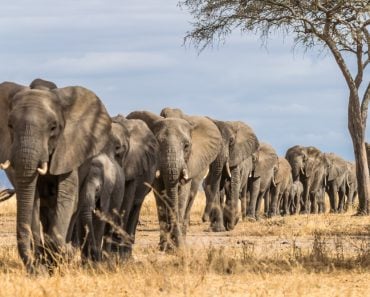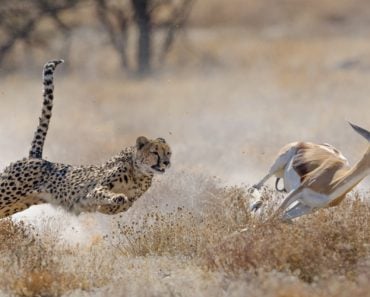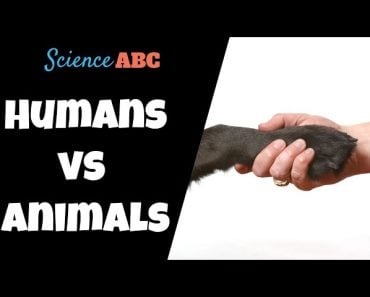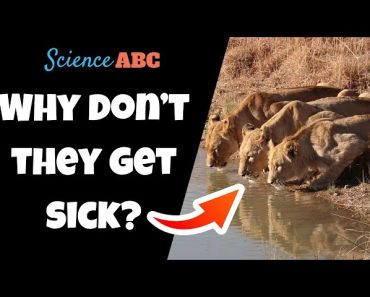Table of Contents (click to expand)
Humans domesticated cattle between 10,000 and 5,000 years ago. Between this period, humans in agricultural settings began consuming milk of some some of these domesticated animals.
Since civilization began and animal husbandry became a critical strategy for survival, drinking milk from other species, especially cows and buffalo, has become commonplace amongst many of our communities. But, are we alone using the milk that other species produce for their progeny to indulge our taste buds or empower our immunity? Let’s find out!
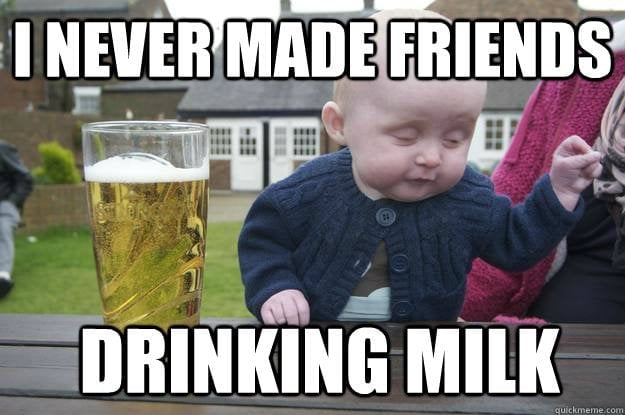
Recommended Video for you:
History Of Procuring Milk From Other Species
Let’s go back in time by about 12,000 years ago. Humans were beginning their agricultural conquest, transitioning out of their nomadic lifestyles. With agriculture came domestication, and between 10,000 and 5,000 years ago, humans had domesticated cows, sheep, chickens, and horses, to name just a few.
How and why humans domesticated cattle in the first place is debated, but it can be said with certainty that the domestication of cattle had many advantages. Domesticated cattle could do the intensive work on the farm, their fur could be woven into cloth, their skin processed into leather, and their bones could be used as weapons for hunting or jewelry! And not to forget, the cattle were a source of milk.
Early farmers were among the first milk drinkers. Milk of these species may have been an alternative source of nutrition in times when food was scarce.
Interestingly, cows, as we know them, didn’t exist at that time; there were instead Aurochs. Archaeological and genomic evidence reveals that humans domesticated the taurine cow, a closely related species of wild aurochs, about 7,000 years ago in what is called the Fertile Cresent (in the Middle East) and the zebu cow in the Indus Valley civilization in Asia about 6,000 years ago. (Source) With time, these early cows evolved into the various breeds of cattle we know today.
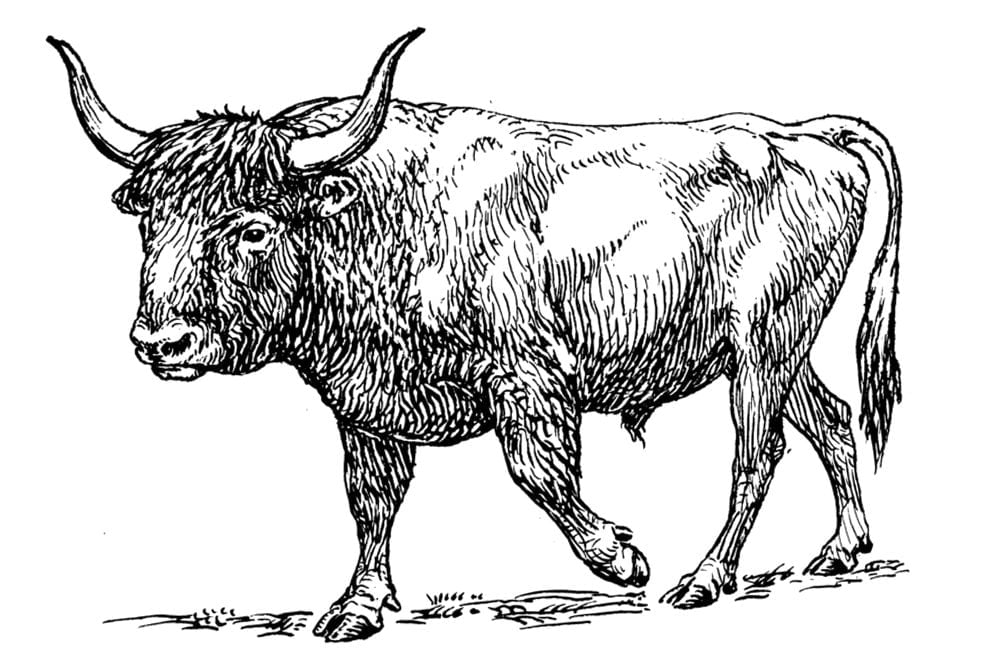
Are We Alone?
If you like cats and dogs, you have probably tried to feed them milk before. That milk would probably come from a cow or a buffalo. Your pet probably chugged the milk the way you would down your favorite drink! Nevertheless, it is an aberration rather than a norm for cats or dogs to sip milk. They only drink milk because they have access to it through us. In the natural environment, they do not chase cows or goats to get their milk!
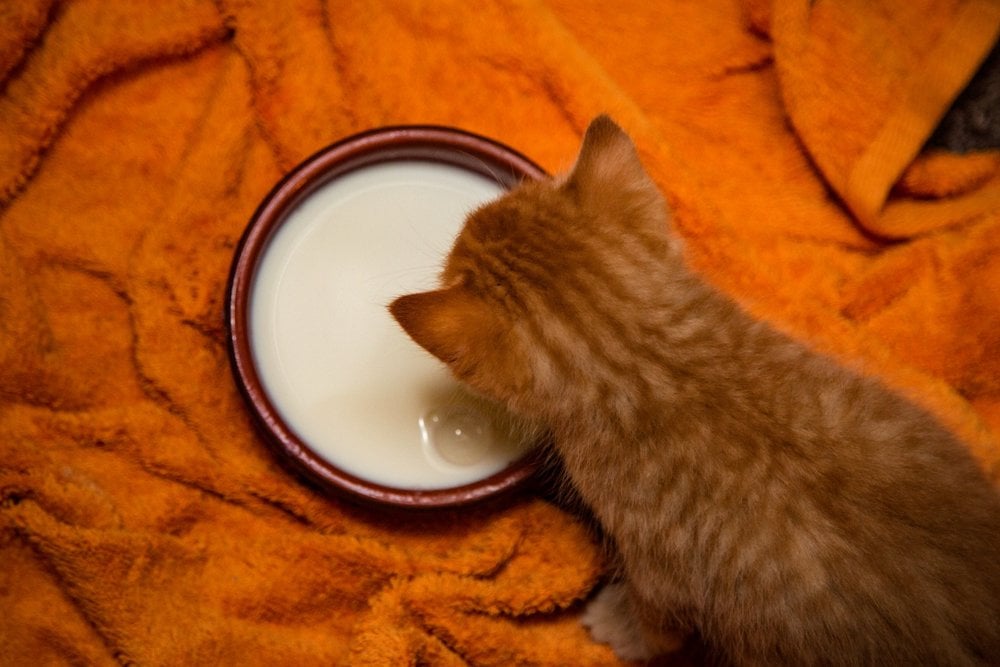
Drinking Milk Past Infancy
So when it comes to mammals, we are the only species that drinks milk directly from other species, or we are the only one that does so in adulthood.
Most juvenile animals can drink and digest their mother’s milk because they carry the enzyme lactase, which digests lactose. Lactose is the main carbohydrate in animal milk. Lactase is an enzyme that breaks down lactose into its basic parts, that is, glucose and galactose, that the body can now use. As the young grow into adults, the gene that produces this enzyme is switched off, and the body can no longer digest lactose.
Lactase Persistence
Before the domestication of cattle, adult humans lacked the enzyme lactase. Sometime after we started domesticating cattle, some humans in Europe developed a mutation that kept their lactase enzyme active into adulthood, allowing them to drink milk without side effects. The trait turned out to be an advantage, and the gene variant spread across populations. People who can digest milk into adulthood are called lactase persistent.
There are lactose intolerant people who do not produce the enzyme lactase, and the gene variant didn’t spread evenly across populations. In fact, between 50 and 70% of adults worldwide are lactose intolerant.
Examples Of Animal Drinking Milk Of Other Species
So far, I have explained how and why we started drinking milk from cattle and how we have even convinced our pets to drink it, but what about a real example from the wild where one animal drinks the milk of another species? Remember, I have already ruled out mammals, but one such example is the Red-Billed Oxpecker—a bird that can perch on the udders of an impala and suck its milk. Besides the Oxpecker, birds such as Seagulls and Sheathbills have been reported to pilfer milk from elephant seals’ teats directly. So, while it’s quite rare, milk stealing does happen between certain other species in the wild.
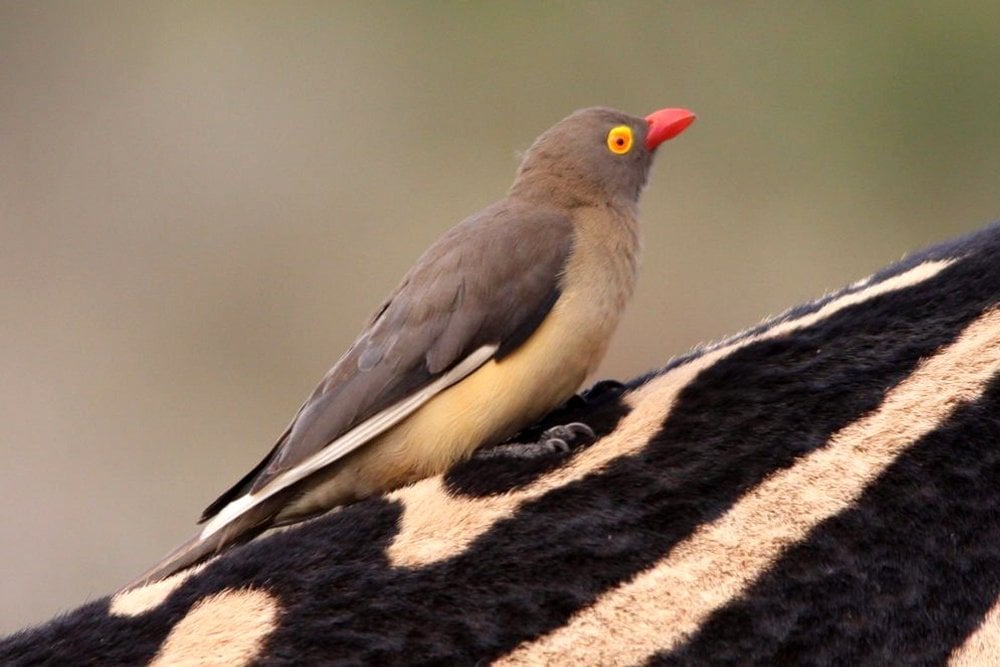
References (click to expand)
- Teletchea, F. (2019, July 17). Animal Domestication: A Brief Overview. Animal Domestication. IntechOpen.
- Upadhyay, M. R., European Cattle Genetic Diversity Consortium, Chen, W., Lenstra, J. A., Goderie, C. R. J., MacHugh, D. E., … RPMA Crooijmans. (2016, September 28). Genetic origin, admixture and population history of aurochs (Bos primigenius) and primitive European cattle. Heredity. Springer Science and Business Media LLC.
- Orlando, L. (2015, October 26). The first aurochs genome reveals the breeding history of British and European cattle. Genome Biology. Springer Science and Business Media LLC.
- Gerbault, P., Liebert, A., Itan, Y., Powell, A., Currat, M., Burger, J., … Thomas, M. G. (2011, March 27). Evolution of lactase persistence: an example of human niche construction. Philosophical Transactions of the Royal Society B: Biological Sciences. The Royal Society.


